Van Gogh is famous for his harvest pictures, which he painted after he had arrived in the town of Arles in the south of France. Within just two weeks, he created a set of 10 paintings which are known as the “Harvest Series”, among them “Harvest at La Crau” and “Corn Harvest in Provence”, and “Evening Landscape with Rising Moon“, all showing different stages of the wheat and corn harvest, until a thunderstorm brought the harvest season to an end.
Where is the picture “Wheatfields with Crows” today?
The original picture of “Corn Harvest in Provence” is shown as part of the permanent collection in The Israel Museum, Jerusalem.
What’s in it?
“Corn Harvest in Provence” is one in a series of ten landscape pictures Van Gogh painted on the open field in the surroundings of the town Arles. It reflects his experiments with more homogenous colour fields and bold outlines, as can be seen in the differentiated brushstrokes: The spiky cut cornfield in the foreground contrasts against the rear area of standing corn. The body of a peasant worker, walking away from the spectator, as well as houses and hills in the background, are outlined with blue colour of different shadesIn color theory, a shade is a darker version of a color, created by adding black to the original hue. This concept is essential for artists and designers, as it allows for a range of deeper, more intense tones that can add depth and drama to a composition. Defining Shade A shade results from mixing a pure hue with black. More, resembling Japanese paintings that are known to have influenced van Gogh. The heat and the dryness on the open field are almost palpable: brushstrokes in the sky are blown about in the summer breeze, the line of the horizon undulates under the summer sun, evoking a state of flux.
What’s the context?
Van Gogh Facts:
The last few decades of the 19th century witnessed immense changes in the world of arts. Van Gogh spent two years in Paris, where his wish of belonging to one of the avant-garde artist movements matured. He incorporated elements of ImpressionismImpressionism was an art movement of the 19th century developed in France, based on the practice of painting spontaneously out-doors (“en plein air”) rather than in the studio. Key impressionist subjects were everyday scenes and landscapes, in which the momentary and transient effects of sunlight should be captured. The artists worked directly in front of their subjects, using rapid brushwork More, SymbolismSymbolism was a late 19th-century art movement of French, Belgian, and Russian origin. Poets and fine artists were seeking to represent absolute truths using metaphorical images in reaction against realism and naturalism. Content of both images and poetry were suggestive contents to express mystical ideas, emotions, and states of mind. Paul Gauguin, Nave Nave Mahana (1869) The term was coined More, ExpressionismExpressionism in fine arts was a modernist movement, which originated in Germany in the late 19th and early 20th century. Its roots of can be traced to Post-Impressionist artists like Edvard Munch in Norway, and Gustav Klimt of the Vienna Secession. Core attribute of Expressionism is the tendency to present the world solely from a subjective perspective, distorting objects radically More, and FauvismThe Fauvism art movement applies to a group of modernist artists in the early 20th century including Henri Matisse and André Derain, who emphasized strong colour contrasts and painterly qualities with fierce brushwork over realistic values. Fauvism as a style started around 1904 and continued far beyond 1910. The group of Fauves however only worked together for the years between More within his art, but would find his own unique style of paintingPainting is a fundamental form of visual art that has been practiced for thousands of years. It involves applying pigment to a surface such as canvas, paper, or a wall. Painting can be explored through various styles, techniques, and mediums, each offering unique possibilities for expression and creativity. Historical Background • Ancient Beginnings: The history of painting dates back to More, that paved the way for the 20th century in art. When paintingPainting is a fundamental form of visual art that has been practiced for thousands of years. It involves applying pigment to a surface such as canvas, paper, or a wall. Painting can be explored through various styles, techniques, and mediums, each offering unique possibilities for expression and creativity. Historical Background • Ancient Beginnings: The history of painting dates back to More “Corn Harvest in Provence”, his approach in art with the use of vibrant colours and an energetic brush stroke had ripened to what is most appreciated in his work today.
Chatter and Prattle
Vincent van GoghVincent van Gogh (1853 – 1890) is one of the renowned Post-Impressionist artists, best known for his striking use of colour, emphatic brushwork, and contoured forms. As a son of a pastor, the Dutch artist war brought up in a religious and cultured atmosphere. After working unsuccessfully as a clerk at a bookstore, as a salesman, and as a preacher More painted “Corn Harvest in Provence” only days before he most likely shot himself in the stomach. Letters, which van Gogh wrote to his brother Theo describing his cornfield pictures, have been read to be indicative of his suicide. In a letter dated 10th of July 1890, he explained: “I try to be fairly good-humored in general, but my life too is threatened at its very root, and my step is unsteady too.” He later comments on his current work: “I have painted three more large canvases. They are vast stretches of corn under troubled skies, and I did not have to go out of my way very much in order to try to express sadness and extreme loneliness.” Then adding: “I’m fairly sure that these canvases will tell you what I cannot say in words, that is, how healthy and invigorating I find the countryside.”
Recommended Readings:
This article may contain compensated links. Please read Disclaimer for more info. As an Amazon Associate, I earn from qualifying purchases.
Ingo F. Walther et al. (2020): Van Gogh. The Complete Paintings
Vincent Van GoghVincent van Gogh (1853 – 1890) is one of the renowned Post-Impressionist artists, best known for his striking use of colour, emphatic brushwork, and contoured forms. As a son of a pastor, the Dutch artist war brought up in a religious and cultured atmosphere. After working unsuccessfully as a clerk at a bookstore, as a salesman, and as a preacher More (2020): The Letters of Vincent Van Gogh
Martin Gayford (2008): The Yellow House: Van Gogh, Gauguin, and Nine Turbulent Weeks in Provence
Steven Naifeh et al. (2012): Van Gogh: The Life (RANDOM HOUSE)
Steven Naifeh (2021): Van Gogh and the Artists He Loved

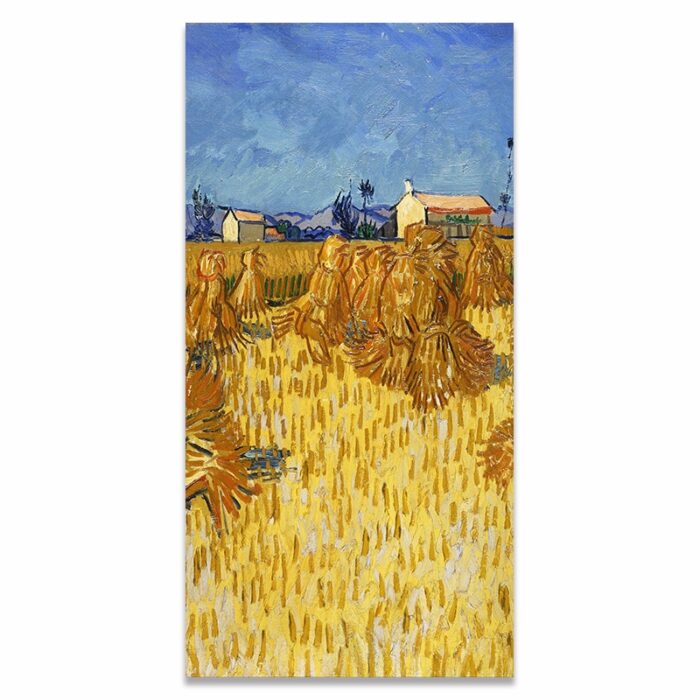
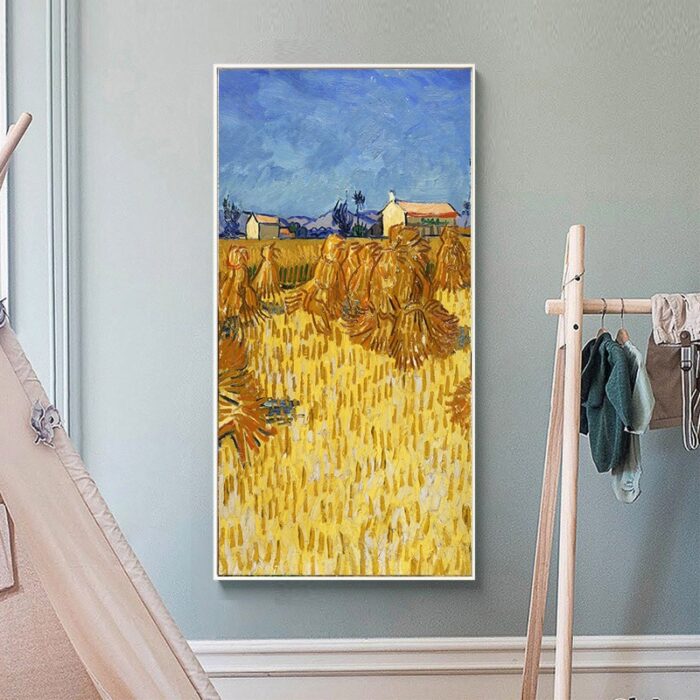
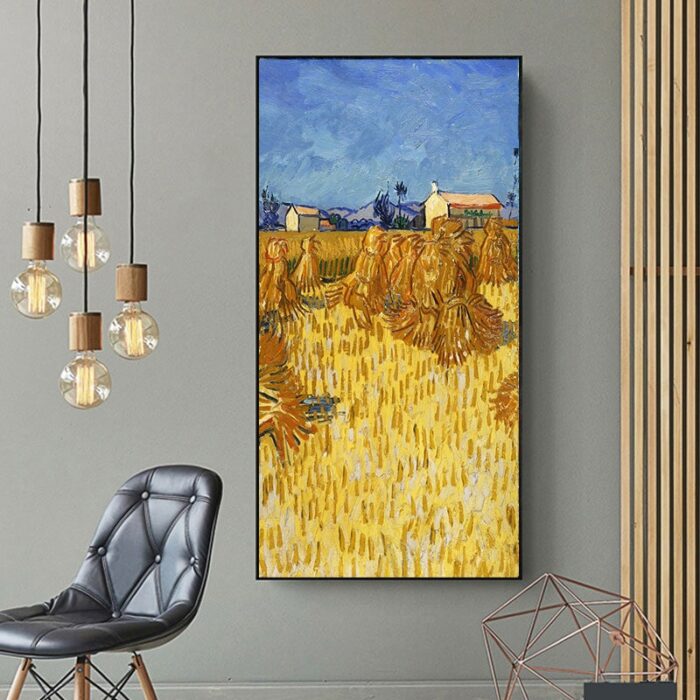

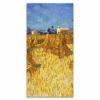
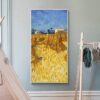


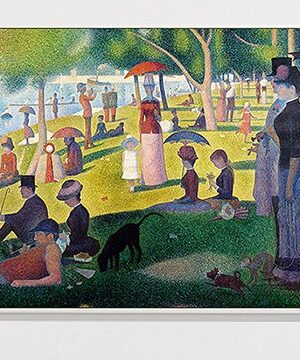
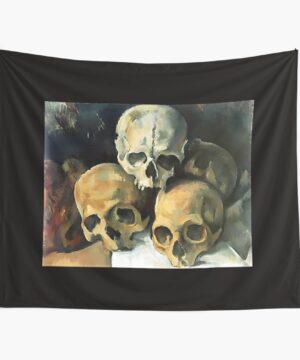
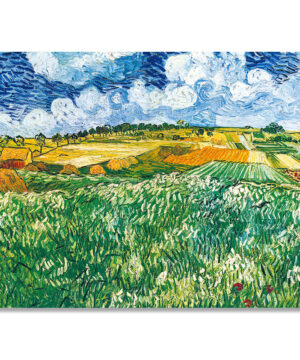
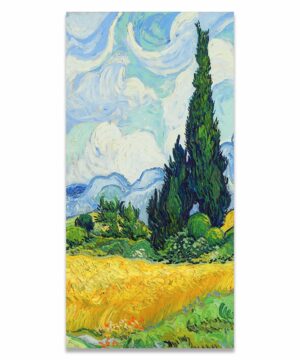
Reviews
There are no reviews yet.